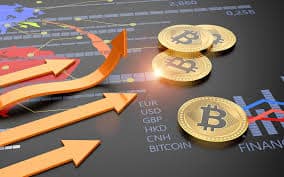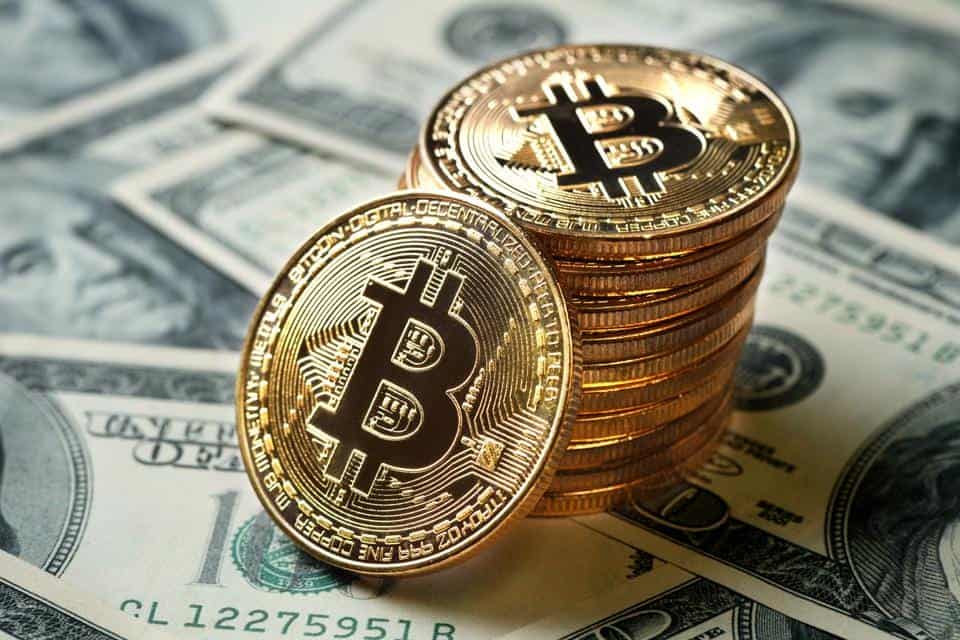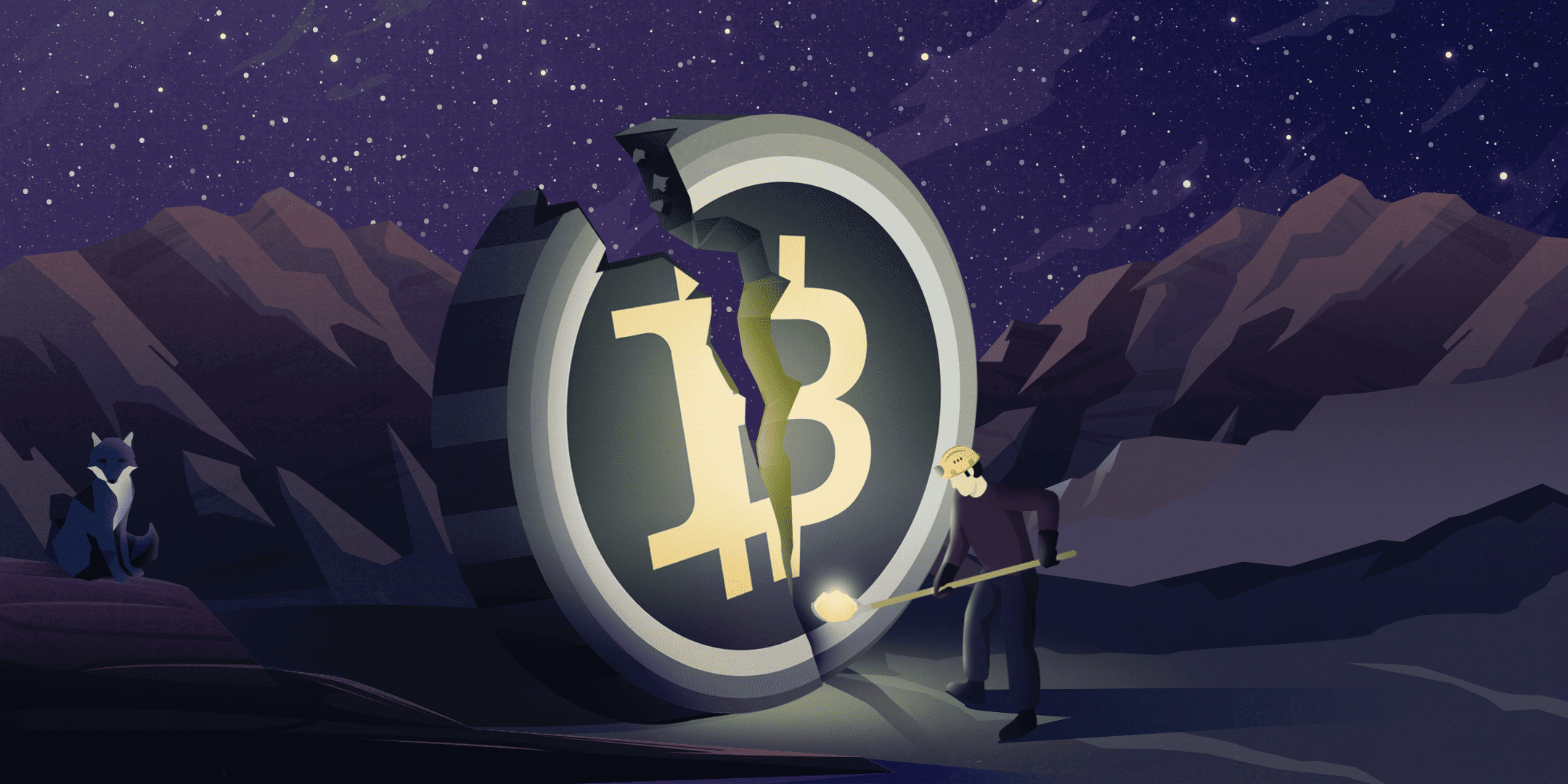How does Bitcoin Halving Affect the Price of Bitcoin?
As April 2024 gets closer, more and more people are talking about Bitcoin halving because this phenomenon has displayed remarkable results historically. So, most investors are confident that the upcoming Bitcoin halving will also offer outstanding returns. The event occurs every four years and it eventually leads to massive price hikes.
Bitcoin halving is an integral part of Bitcoin. As the next halving event is just a few months away, investors, analysts, and traders have started delving into certain speculations.
Understanding Bitcoin Halving
The concept of Bitcoin halving was introduced by Satoshi Nakamoto to manage the token’s supply. Unlike traditional currencies, Bitcoin mirrors the scarcity of precious metals like gold. New Bitcoin tokens are produced through the mining process where miners need to solve complex puzzles using computational power.
The miners are offered Bitcoin tokens as a reward for their contribution. A new block is formed whenever new transactions are validated. The block is then added to the already existing chain of blocks. Bitcoin halving is an event that occurs every 210,000 blocks to control the production rate of Bitcoin.
In the beginning, the mining reward for each block was 50BTC which was later reduced to 25BTC per block following the first halving event in 2012. Similarly, the rewards were reduced to 12.5BTC per block and 6.25 BTC per block following the second and third halving events in 2016 and 2020 respectively.
With this model, the rewards will be decreased to 3.12 BTC per block after the fourth halving event in April 2024. The halving event will occur around a total of 32 times before Bitcoin reaches its maximum supply of 21 million tokens.
Why Halving Matters?
- Inflation Control – Unlimited supply is a major cause of inflation and devaluation in the traditional world. Bitcoin halving solves this problem by making the cryptocurrency scarcer over time.
- Supply and Demand Dynamics – The basic principle of Economics explains that the price of an asset increases when there’s a difference between supply and demand. So, Bitcoin’s halving creates this difference by reducing the incoming supply of new coins.
- Mining Dynamics – Bitcoin halving also pushes the miners to introduce new changes in mining concentration and strategies because their profitability is affected after each halving event.
Historical Bitcoin Halvings

Bitcoin has been through three halving events over the years that have shown significant price moments.
The First Halving (November 28, 2012)
The first halving event is often referred to as “Halving Day” when the mining reward for each block was reduced to 25BTC tokens. The price of bitcoin steadily increased before the halving and a significant price rally was observed after the event when the price jumped from $12 to $1,100.
The Second Halving (July 9, 2016)
Bitcoin’s adoption rate had increased by the second halving event. Bitcoin’s price experienced increased volatility before the event and again a significantly bullish rally was observed after the event. Bitcoin eventually reached an all-time high price of $20,000 following the second halving event.
The Third Halving (May 11, 2020)
The most recent halving event followed a similar pattern to its predecessors. The price started increasing a month before the halving event and reached a new high of $60,000 after the event.
The historical data shows that investors and traders started accumulating Bitcoin before each halving event. And the rallies take place a few months after the halving event. The involvement of institutional investors has played a vital role in these rallies. It’s worth noting that Bitcoin’s price experiences extreme volatility before and immediately after the event.
Supply and Demand Dynamics
Bitcoin has gained the attention of a lot of investors and enthusiasts with its limited supply. Unlike fiat currencies, Bitcoin has a limited supply of 21 million tokens. As discussed earlier, the supply of Bitcoin is controlled by the halving events. Demand, on the other hand, is influenced by a number of factors like investor sentiment, institutional interest, perceived value, and global events.
How Bitcoin Halving Influences Supply and Demand?
- Reduced Supply – With each halving event, the production rate of Bitcoin is reduced by half. It can lead to a price increase due to the scarcity.
- Miner Economics – The profitability of miners is reduced post-halving. So, they may alter the transaction fees to improve their profitability.
- Market Speculation – Investors and traders can increase the demand for Bitcoin with the expectation of future scarcity.
Market Expectation and Speculation
Bitcoin halving leads to a set of debates, predictions, and market activity. The traders and investors try to take advantage of the historical price movements. More investors try to acquire Bitcoin before the halving event so they may take advantage of reduced supply. It ultimately leads to extreme volatility that invites traders to engage in short-term trading.
Mainstream media outlets also play a vital role in fueling public interest before halving. Similarly, social media communities influence market sentiment with their predictions, discussions, and memes.
However, some people criticize that these sentiments blur the fundamental value of Bitcoin. The supporters say that speculation is an essential part of any market. And it can attract more people to the market.
Conclusion
Bitcoin halving, occurring every four years, continues to be a pivotal event impacting supply and demand dynamics. Historical data reveals substantial price rallies before and after each halving, drawing significant investor interest. Despite debates about market speculation, Bitcoin’s halving remains a crucial milestone, underlining its role in shaping the cryptocurrency market’s future.
Feel free to get in touch with us if you need more information about how the upcoming halving event may affect the price of Bitcoin. We also invite you to subscribe to our weekly newsletter if you need regular updates about Bitcoin and the crypto market.











